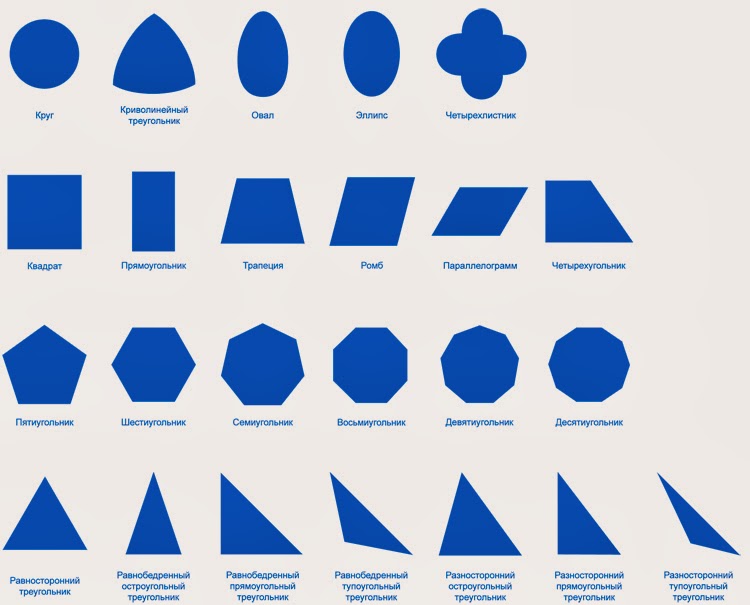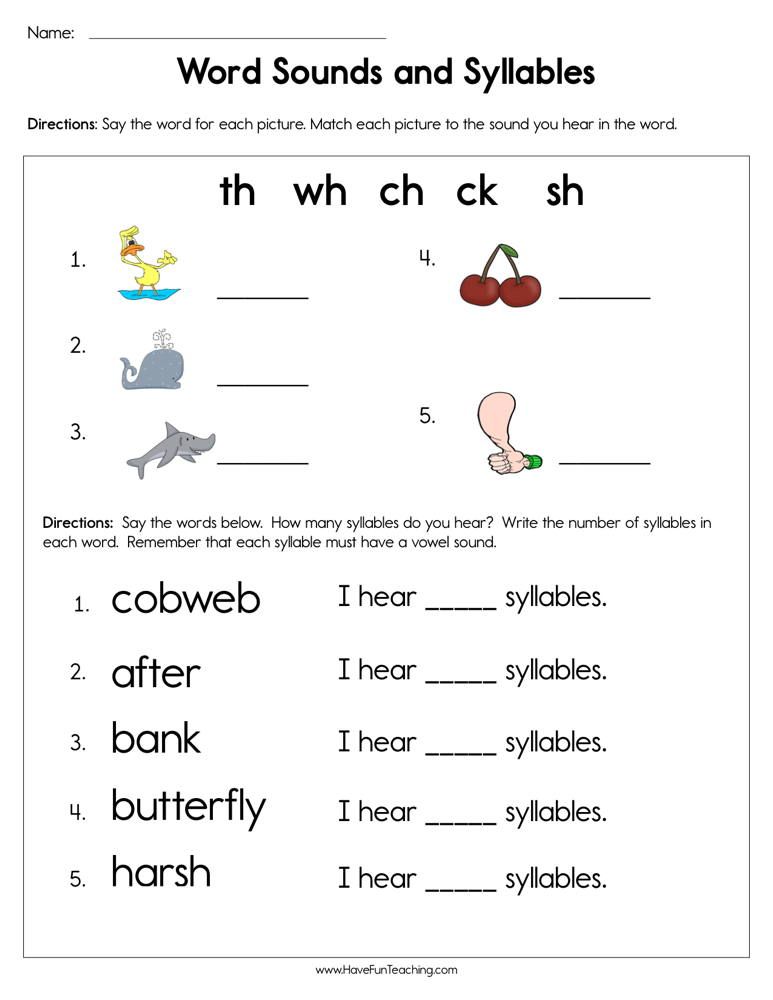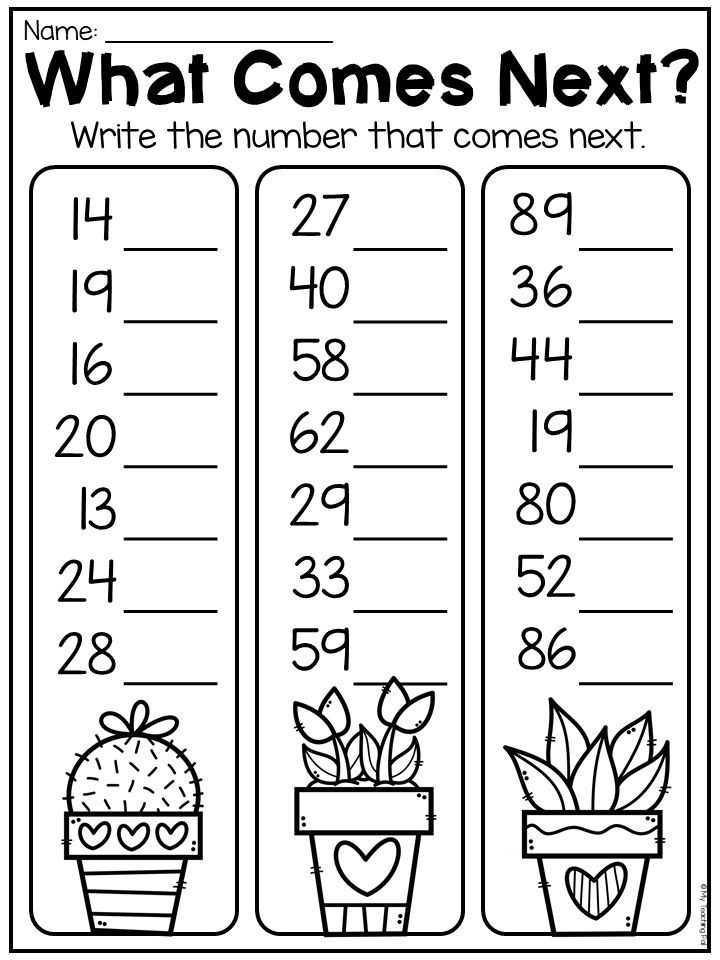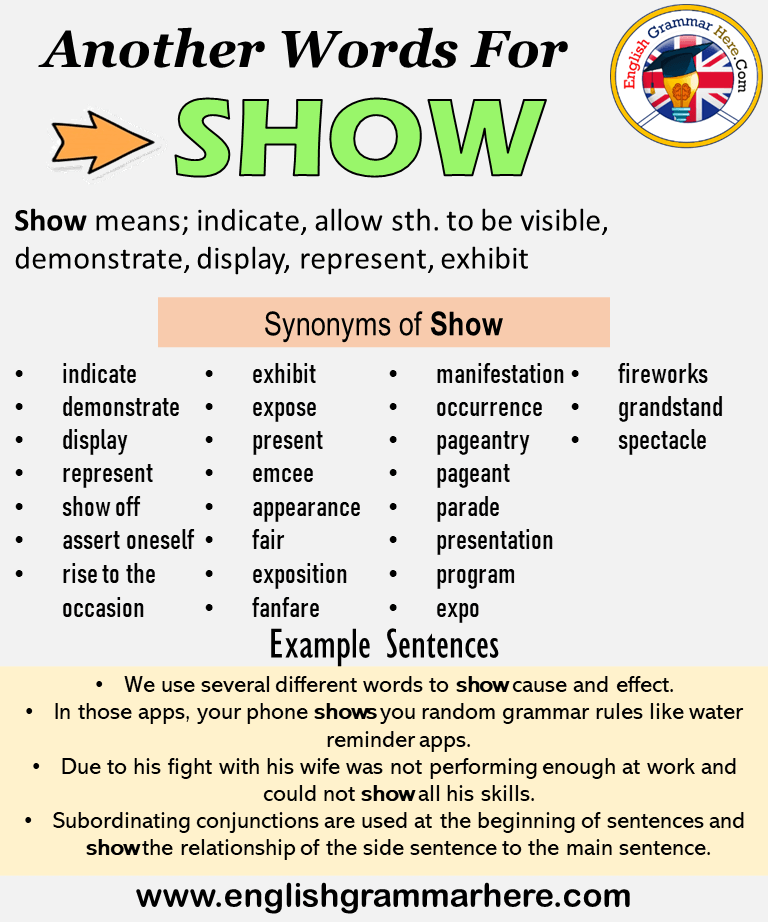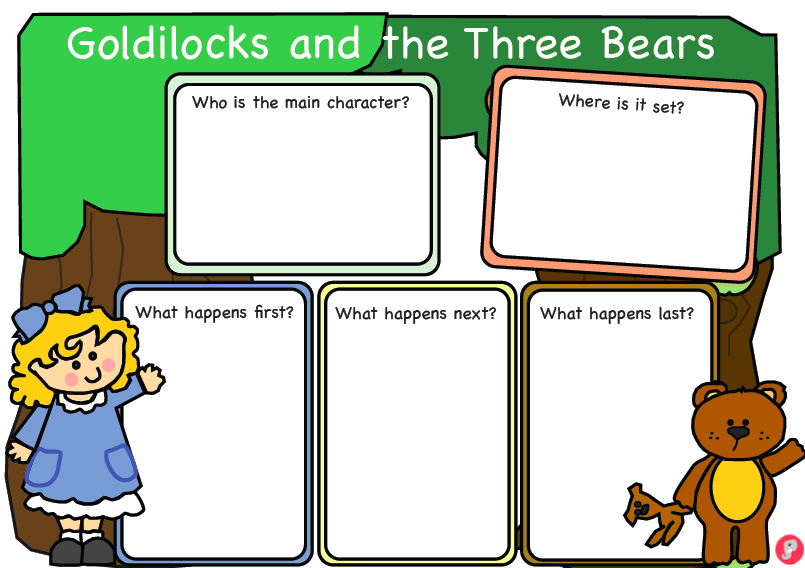Sight word matching printable
Sight Words Memory | Sight Words: Teach Your Child to Read
- Overview
- Materials
- Activity
- Confidence Builder
- Extension
- Assessment
- Printable Memory Cards
- Additional Resources
- Questions and Answers
Sight Words Memory is the standard Memory card game — sometimes called the Concentration game — with the additional element of having the student read the word on each card as they turn it over. This provides a lot of opportunities for repetition in sight reading.
Sight Words Memory
Learning the Sight Words Memory game is easier if the child has previously played the standard Memory game, but the game is simple enough that this is not necessary.
Memory works very well as a solo game. Memory can also be played in a group of up to four players.
↑ Top
Memory can be played with just a set of the Memory Cards.
- Memory Cards
- Printer
- Cardstock printer paper (approx. 110 lb / 200 gsm)
- Scissors
Create Memory Cards with our Memory Card Creator and print the cards out on cardstock paper. Then cut out the cards along the dotted lines. The set should contain two copies of each word you want to review.
Begin with a small set of cards (10 word pairs), and as your child’s competence with the activity increases, increase the number of cards you use in a game. An advanced student can handle up to 25 word pairs.
↑ Top
The game is played in much the same way as the standard Memory Card Game, with the addition of the players reading the word on each card as they play the game. The goal is to collect as many pairs of matching word cards as possible.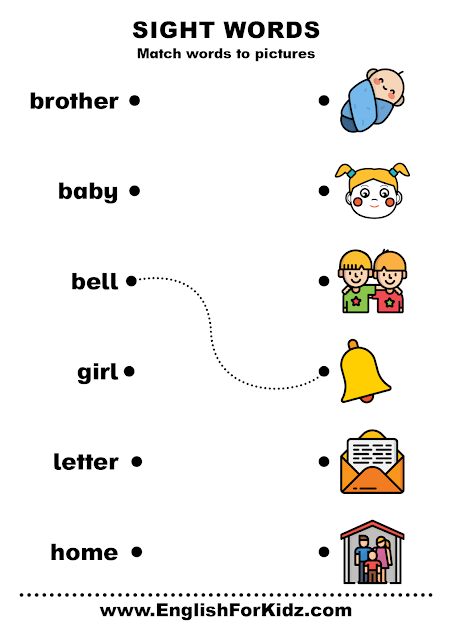
Video: How to Play Sight Words Memory
To set up the game, shuffle the cards and arrange them, face down, in a grid. For example, a deck of 30 cards (15 word pairs) is best laid out in a 5×6 grid, 5 columns of 6 cards each. The child picks one card and turns it over so the word is visible, reading the word on the card. The child then picks a second card and also turns it over, reading the word on the second card.
If the words on the two overturned cards match, the player removes the pair, placing them by her side, and gets another turn. If the words do not match, the player turns the cards back over so the words are no longer showing, and the player to her right takes the next turn.
If a child is unable to read a word or reads a word incorrectly, give the child a bit of coaching to help them correct the mistake and learn the word.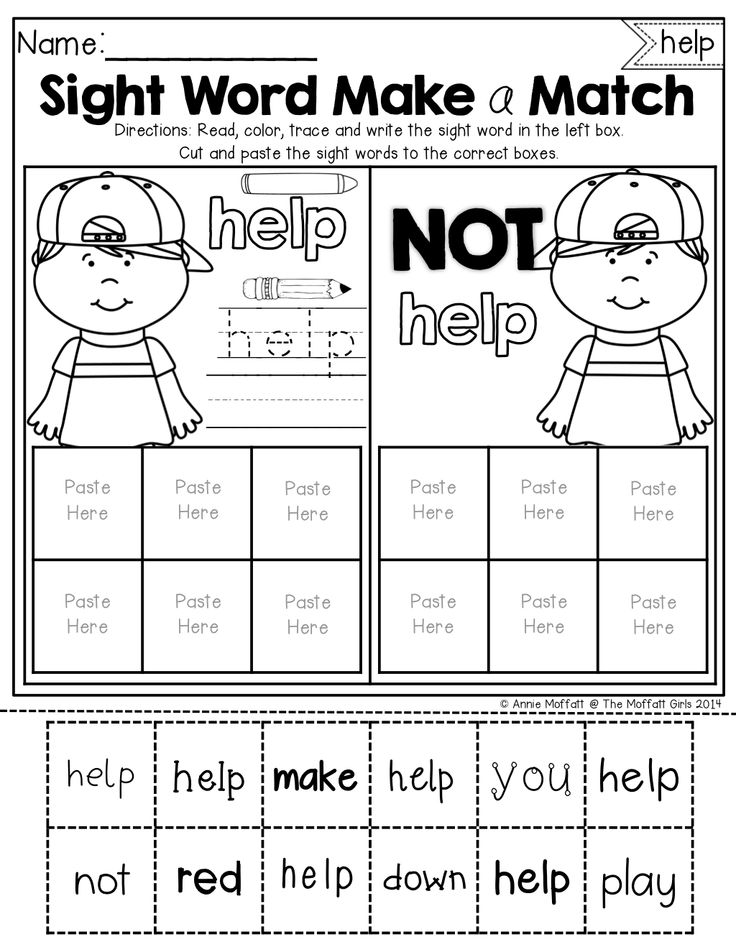
Play continues until all the words are matched and there are no cards left unclaimed.
If a child is struggling with this game, you can read through all the word cards with them prior to the start of play to help refresh their recall of the words. You can also make the game easier by using a smaller deck of cards with fewer word pairs. For an advanced child, you can increase the number of words you use, so it becomes more difficult to find matching cards.
↑ Top
To make the game a little easier, especially for a younger child, simply use fewer pairs of cards.
↑ Top
When the child finds a matching pair of word cards, have her use the word in a sentence before she can add the cards to her “keep” pile.
↑ Top
When assessing a child’s mastery of the words, be sure to separate their reading skills from their skill at playing the Memory game. A child might have mastered the sight words on the cards and also have some difficulty remembering which card is where in the grid. Such a child might be fine with more advanced words but need a smaller number of cards. Another child who struggles to read the words will probably also have trouble remembering the location of the word cards.
A child might have mastered the sight words on the cards and also have some difficulty remembering which card is where in the grid. Such a child might be fine with more advanced words but need a smaller number of cards. Another child who struggles to read the words will probably also have trouble remembering the location of the word cards.
↑ Top
You can create your own custom Memory Game Cards, with developmentally appropriate word sets. As the child’s sight words vocabulary expands, you should start to expand your card set with new words and gradually remove the words that have been mastered and no longer need intensive repetition.
7.1 Custom Sight Words Memory Cards
The Memory Card Creator creates custom Memory Card sets. The generator lets you use combine existing words lists such as Dolch Sight Words and Fry Sight Words, and add your own custom words.
7.2 Blank Memory Cards
- Blank Memory Cards (Write in your own words)
7.
 3 Dolch Sight Words Memory Cards
3 Dolch Sight Words Memory Cards- Pre-K Dolch Words (40 words)
- Kindergarten Dolch Words (52 words)
- 1st Grade Dolch Words (41 words)
- 2nd Grade Dolch Words (46 words)
- 3rd Grade Dolch Words (41 words)
- Noun Dolch Words (95 words)
7.4 Fry Sight Words Memory Cards
- 1st 100 Fry Words (100 words)
- 2nd 100 Fry Words (100 words)
- 3rd 100 Fry Words (100 words)
- 4th 100 Fry Words (100 words)
- 5th 100 Fry Words (100 words)
- 6th 100 Fry Words (100 words)
- 7th 100 Fry Words (100 words)
- 8th 100 Fry Words (100 words)
- 9th 100 Fry Words (100 words)
- 10th 100 Fry Words (100 words)
7.5 Top 150 Written Words Memory Cards
- 1st 50 Words (50 words)
- 2nd 50 Words (50 words)
- 3rd 50 Words (50 words)
To download a template, right-click and select Save As.
These Memory Game Cards are governed by the the Creative Commons Attribution 3.0 Unported License. This license lets you use the cards in any manner you want, as long as you leave the attribution logo on the cards. We made these cards so you could use them, and we are only too happy if you use them in your school, library, daycare facility, or for-profit tutoring business. You do not need to contact us for permission to use the materials.
↑ Top
- Primary Games
- Learning Games for Kids
- DolchWord.net
↑ Top
Leave a Reply
Sight Word Games and Free Printable Cards
This post may contain affiliate links.
By Melissa Taylor
HoursPosted on
HoursUpdated on
Learn sight words with sight word games! First, download and print out the free sight word cards. Once you do that, you can use the cards to play lots offun, interactive games.
Once you do that, you can use the cards to play lots offun, interactive games.
Playing games with sight words will help kids remember because games involve auditory, visual, and kinesthetic learning modalities.
FREE Printable (Dolch) Sight Words
Pre-Primer
Primer
1st Grade
2nd Grade
3rd Grade
1. Sight Word Lava Pit
Your driveway is now a burning lava pit!!!
Make stepping stones to get across. Write your sight words on the stones.
To play, step on the stones and read the sight word to get across. If you miss a word or a stone, you’re burned in the lava pit and must start again.
2. Sight Word Letter Hopscotch
Get a stack of sight words, a rock, and some chalk.
Draw a chalk hopscotch board.
To play, pick a word.
Write it down on the word list.
Count how many letters are in the word.
Put your rock on the number of letters.
Hop through excluding that number.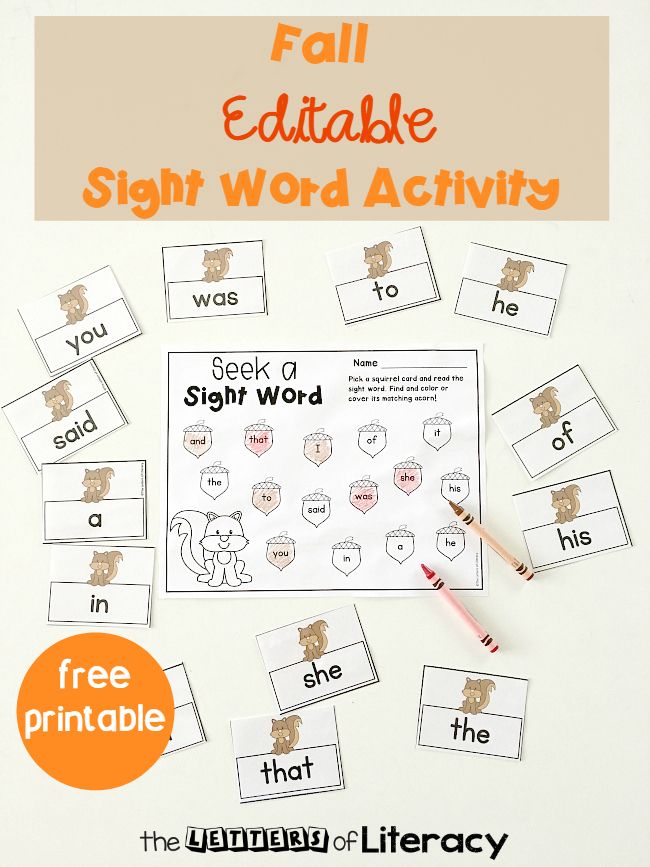
3. Sight Word Go Fish
Use duplicate sight word printable lists. In this game, you’re only looking for matching pairs.
To play, deal 5 cards to each player. Stack the rest of the cards in the middle.
Each player asks other players for words, just like they would in regular Go Fish.
The player either gets the word or has to draw.
To win, you must get rid of all your cards.
4. Sight Word 1 Minute Quiz
See how many sight words you can read in one minute!
Have an adult show you the cards and make a stack of all the ones you know.
Learn the words you don’t know and play against yourself.
Go you!
Want More Sight Word Activities?
My kids highly recommend Zingo! Sight Words.
Learning Resources has a fun sight word game called Pop.
Sight Word Bingo is always great for repetition and memory.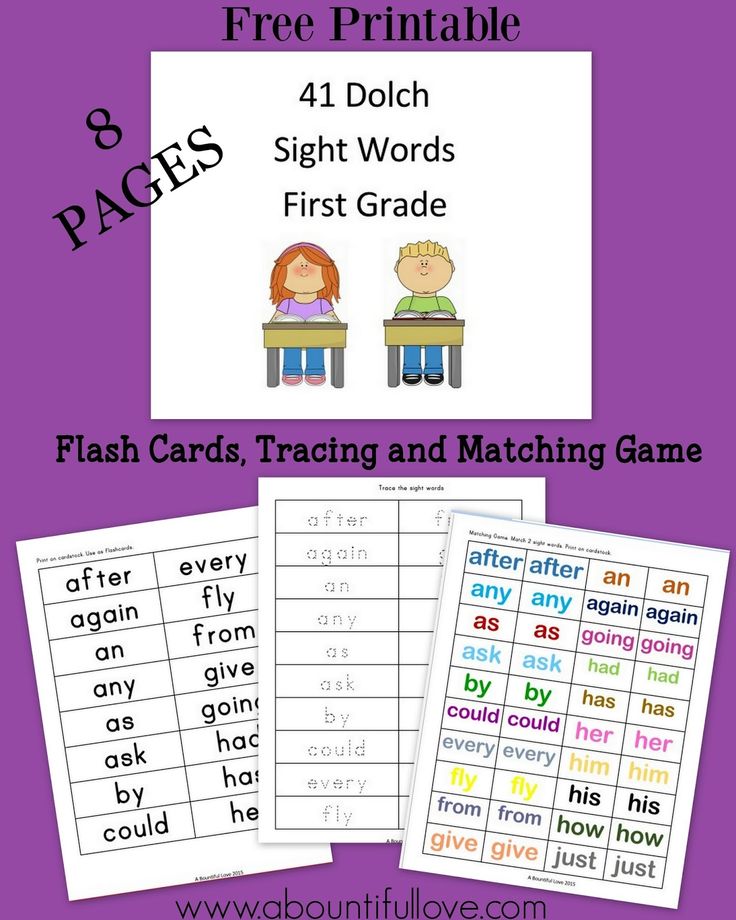
Bob Books Sight Words TOTALLY helped my youngest daughter learn to read. I can’t recommend these enough!
And we LOVE playing uKloo Early Reader Treasure Hunt. I share more about uKloo and our crazy prizes here.
Remember if you can make learning fun, it will stick.
Sight Word Games
Help Your Child Comprehend
DIY Reading Pointers
Reading On the Go
Word Games for Kids
Follow Melissa Taylor’s board Sight Words on Pinterest.
You May Also Like:
3 Engrossing Word Games For Kids
Melissa Taylor
Melissa Taylor, MA, is the creator of Imagination Soup. She's a mother, teacher, author, and freelance writer. She writes Imagination Soup and freelances for publications online and in print, including Sylvan Learning, Random House, USA Today Health, The Writer, and Scholastic Parent and Child.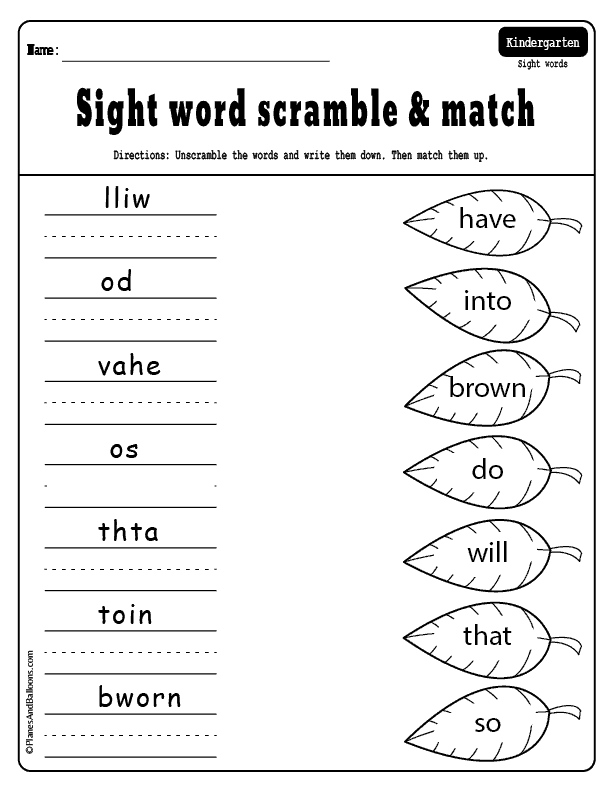
Similar Posts
90,000 Works in twelve volumes. Volume 8. - M .: Academy of Sciences of the USSR, 1959% PDF-1.5 % 10 obj > endobj 6 0 obj /Producer (https://imwerden.de/) /Title /Author >> endobj 20 obj > stream
1/41 Billiard game theory | Ridley
Annotation
This classic work on the art of playing Russian billiards was written by a Russian writer of the late XIX - early XX century, an outstanding billiard player - Anatoly Ivanovich Leman.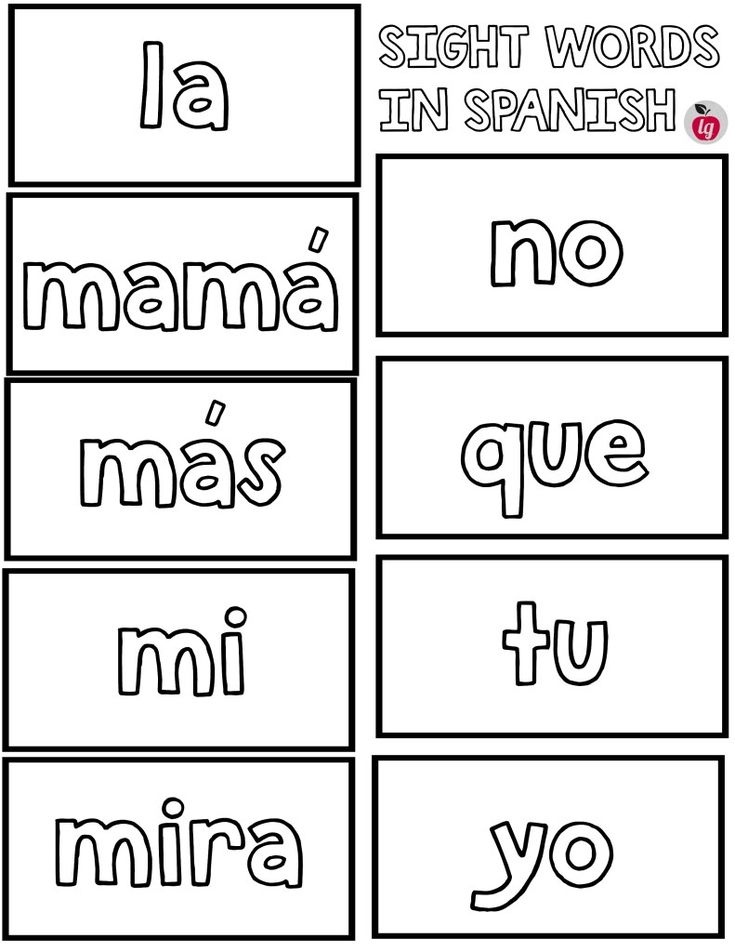 According to the author, "an experienced, good master of the game is a philosopher, a stoic and a connoisseur of the human heart." The theory of the game, the analysis of strokes and parties, the most interesting billiard problems, technical information about billiards, questions of the psychology of players - all this makes the book an invaluable guide to billiard sports. The book is addressed to both beginners and professionals. nine0013
According to the author, "an experienced, good master of the game is a philosopher, a stoic and a connoisseur of the human heart." The theory of the game, the analysis of strokes and parties, the most interesting billiard problems, technical information about billiards, questions of the psychology of players - all this makes the book an invaluable guide to billiard sports. The book is addressed to both beginners and professionals. nine0013
Reprinted from the 1906 edition.
Anatoly Leman.
From the publisher
A.I. Leman
Preface to the 1907 edition.
Preface to the 1885 edition
About billiard game in general.
The initial terms of the billiard game.
Description of Russian billiards
Boards and accessories for billiards
Initial shots. True aiming point.
Theory of impact of elastic bodies.
French beats
Billiard game technique. Blows.
Billiard game technique.
Carom and Abricol
Winning
Exit
Mazik Play
Amateur players and markers.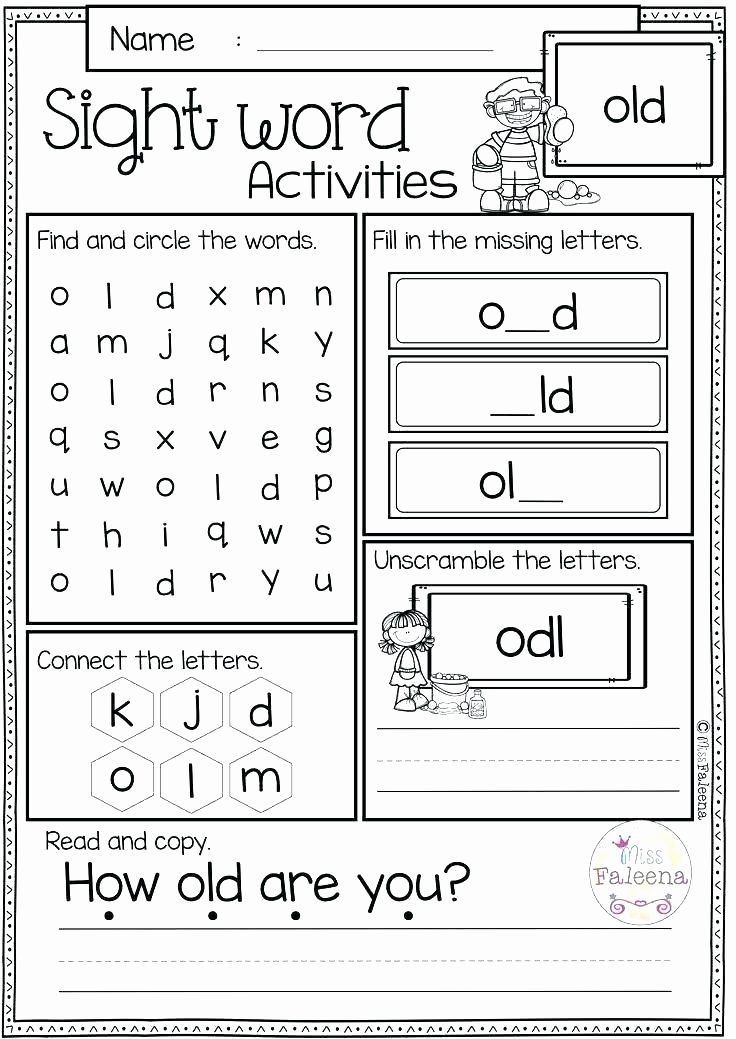
Game "for time" and "for fun". Mazy.
Tricks of the billiard game in Russian billiards
The newest tricks in billiards:
Study of the game when the player is in shock
Rules of the billiard game. General provisions
Comparison of French and Russian games
Note16
Note17
Note18
Note19
Note20
Note21
Note22
Note23
Note24
Note25
Note26
Note27
Note28
Note29
Note30
Note31
Note32
Note33
Note34
Note35
Note36
Note37
Note38
Note39
Note13
02 Note41
Note42
Note43
Note44
Note45
Note46
Note47
Note48
Anatolimani.THEORY OF THE BILLIARD GAME.
With drawings and drawings.
SECOND AMENDED EDITION.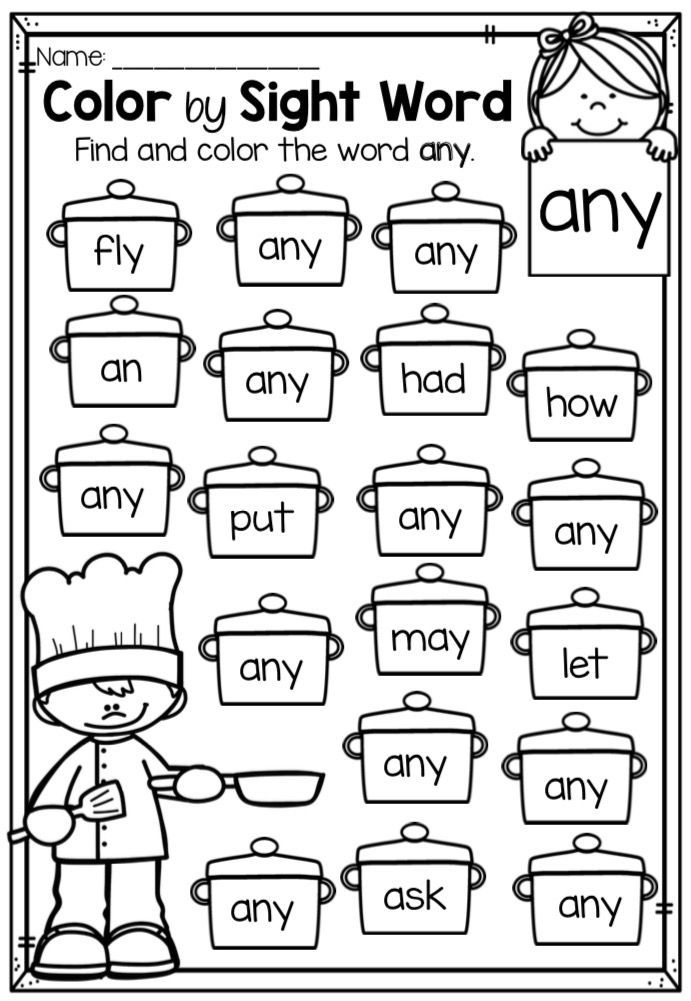
N.N. Filippov.
St. Petersburg.
Printing house N.N. Klobukova, Ligovskaya st., 34. nine0018
1906.
From the publisher
The billiard game is of ancient origin. She received the rights of citizenship in the West and was widely inculcated in all circles of society. With the progress of pedagogy, it has taken a place of honor among outdoor games, which have recently received serious attention and whose beneficial effect on the rational development of a young organism is no longer in doubt.
In England, in France, and especially in America, table tennis and billiards belong to every sufficient family. In France, the game of billiards has in some cases taken on the character of a sport, and the competitions in the art of playing billiards are furnished with conditions unheard of in our country, and the winners are rewarded with very large prizes. So, for example, at the present time, when these lines are being written note 1, an international championship is being played in Paris with the main prize of 40,000 francs (14,800 rubles). The invitation to participate in the championship was received by outstanding players from all over the world, of which there were so many that the competition would last four months. The entire press gives an account of the games between competing celebrities and thus maintains interest in this grandiose competition. nine0013
The invitation to participate in the championship was received by outstanding players from all over the world, of which there were so many that the competition would last four months. The entire press gives an account of the games between competing celebrities and thus maintains interest in this grandiose competition. nine0013
All this I say in order to show that the study of billiards cannot at all be called a matter of absolutely insignificant, unimportant, which can be neglected.
All of the above shows that foreigners, who do not like to waste time, study billiards zealously and diligently and use it widely.
We have billiards mainly in taverns and hotels and almost never serves educational purposes. Only in some very rich houses there are billiards, which are used by a close family circle. nine0013
Thus, it is clear that billiards is not held in high esteem among us, and by a strange whim of fate, by its whim, we have the best essay on the game of billiards, which I decided to publish under the title "Theory of the billiard game.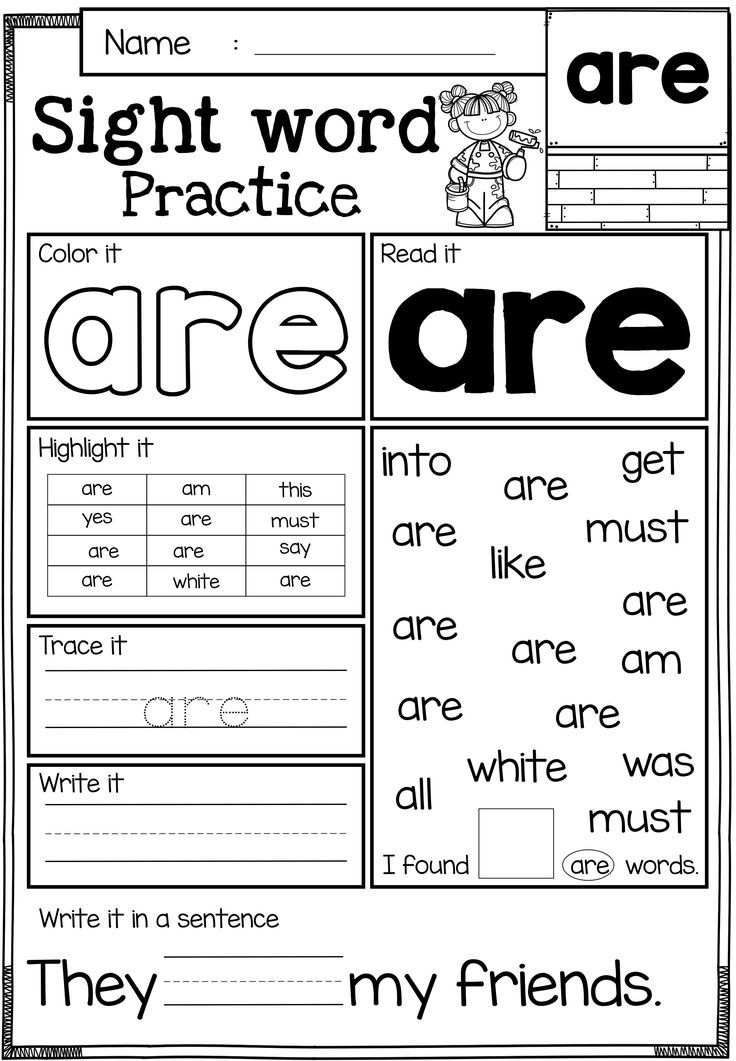 " This book was written by A.I. Leman, a comprehensively educated person, writer and artist, who practically and theoretically studied billiards.
" This book was written by A.I. Leman, a comprehensively educated person, writer and artist, who practically and theoretically studied billiards.
By publishing a book at such a difficult time for any commercial enterprise, I already show by this that I do not pursue any material goals. I find that this book should be published, and published properly, with all the drawings made by the author's own hand. nine0013
Studying the game of billiards, I fully understand what the work of A.I. Leman, and let them not blame me for wanting to say a few words about this work.
First of all, in the work of A.I. Leman's attention is drawn to a clear, figurative and lively language and a strictly sustained literary style of presentation. This is a great rarity in all compositions, and especially in special ones. Many expressions are used by the author for the first time; they took root and became terms in the mouths of billiard players. nine0013
This excellent language is one of the great virtues of the book.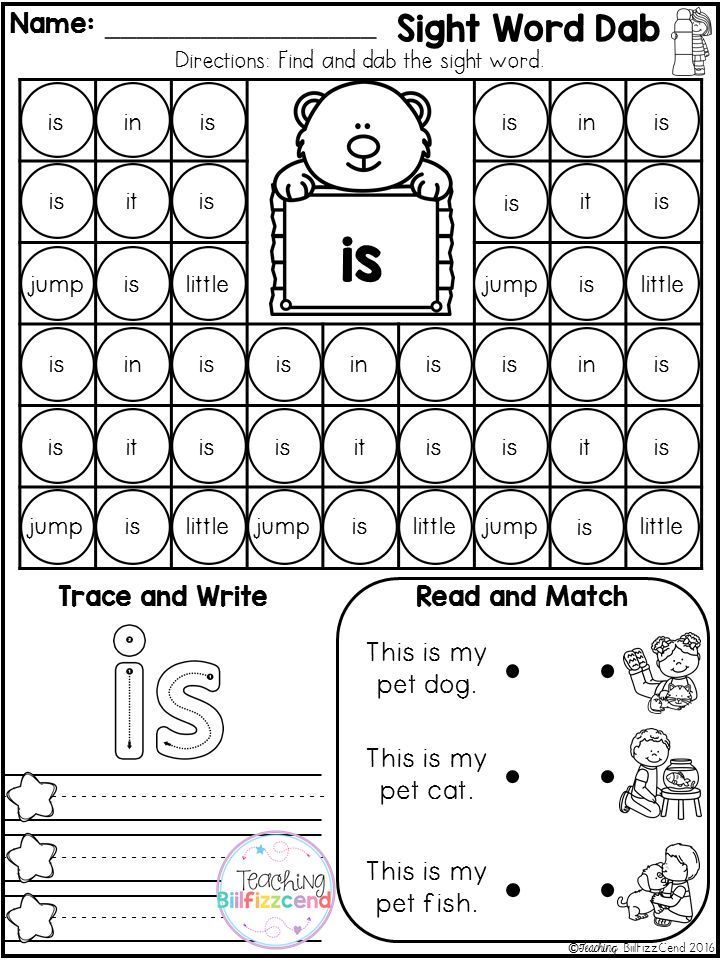 Then the attentive observer is struck by the strict systematic presentation. This systematic approach is alien to any pedantry, any dryness. The author, step by step, page after page, reveals to us the technique of billiard game, explains blow after blow, gives examples, without difficulty and without repeating when explaining the most complex positions, as it is typical of a true master of his craft.
Then the attentive observer is struck by the strict systematic presentation. This systematic approach is alien to any pedantry, any dryness. The author, step by step, page after page, reveals to us the technique of billiard game, explains blow after blow, gives examples, without difficulty and without repeating when explaining the most complex positions, as it is typical of a true master of his craft.
Then the attentive reader cannot but be amazed by the depth with which the author analyzes the subject. After it, it can be said literally, there is not a single provision left about which it would be necessary to say anything else. Everything is exhausted to the bottom. As if he foresaw everything, weighed everything, estimated everything. This is the best way to show how the author knows what he is talking about. nine0013
Not to mention tasks; they represent the height of wit, technical dexterity, and are full of interest.
I must say that the public reacted with sympathy to A. Leman's book: the first edition sold out within one year and became a bibliographic rarity. It did not include an analysis of all Russian and foreign billiard games, tasks, a chapter on playing mazik and many other things, so this publication is a complete collection of everything that A.I. Leman wrote about billiards. nine0013
Leman's book: the first edition sold out within one year and became a bibliographic rarity. It did not include an analysis of all Russian and foreign billiard games, tasks, a chapter on playing mazik and many other things, so this publication is a complete collection of everything that A.I. Leman wrote about billiards. nine0013
N.N.Filippov
Vyatka. 1906
A.I. Leman
A.I. Leman, a modern writer, one of the most original talented people of our era, was born in Moscow on June 1, 1859. on Presnya, where the zoo is now. By birth, he is a hereditary nobleman of the Moscow province. Kolomna district.
Our author's father Ivan Petrovich was in Moscow in the 70s of the last century a well-known electro-neuropathologist. He had a significant electric clinic on the Arbat and was one of the first doctors in Russia to use electrical energy to treat diseases. In addition, he was engaged in typographical activities, had his own printing house, studied "albertotyping", zincography and was perhaps the first Russian typographer, well-versed in autotyping.





